In the literal sense, fire resistant fabric refer to those fabrics that are fire-resistant, high-temperature resistant, and flame-retardant. Such flame retardant fabrics (FR fabric) have been widely used in various industrial and commercial environments, and are also an indispensable manufacturing material for personal fire protection equipment.
Fire resistant fabrics are generally specially designed through advanced processes. As fireproof clothing materials, they can effectively prevent fabric spontaneous combustion, prevent the spread of flames, and provide effective safety protection for people and property in high-temperature, open flame, arc, or high-risk environments with fire hazards. In this article, we will discuss the characteristics, advantages, and common applications of different flame resistant fabrics.
Kinds of Fire Resistant Fabrics
There are many raw materials for manufacturing fire resistant fabrics. Distinguished by the manufacturing materials and processes, fire resistant fabrics are generally divided into inherently fire resistant fabric and fire resistant treated fabric.
1. Inherently fire resistant fabric
Inherently fire resistant fabrics refer to those textiles that have incorporated flame-retardant elements during the fiber manufacturing stage. The fabric raw materials inherently possess excellent flame retardancy, which is generally achieved through processes such as fiber modification or chemical treatment, such as high-performance fibers such as aramid or polyimide. The chemical structure of these materials endows the fabric with excellent heat resistance and difficult-to-ignite properties, and can even maintain the integrity and functionality of the structure in high-temperature environments.
Characteristics and advantages of inherently fire resistant fabric
- Stable flame retardancy: Inherently fire resistant fabric can quickly function when encountering flames. Due to the inherently excellent flame retardancy of the fabric, they can provide people with more stable and reliable fire protection.
- Good durability: Inherently fire resistant fabrics can maintain good flame retardant effects after multiple washes and uses, and generally have a long service life.
- Low toxicity and environmental friendliness: Inherently fire resistant fabrics usually adopt environmentally friendly treatment methods, which have less harm to the human body and the environment.
Application fields of inherently flame resistant fabrics
Due to their excellent flame retardancy, inherently fire resistant fabrics are usually used in fields with strict safety requirements or high fire protection grades, such as fireproof clothing materials (firefighting suits, anti-arc suits, etc.), military equipment, aerospace, and certain specific industrial protective clothing. In these applications, inherently fire resistant fabrics not only provide the necessary protective effect, but also ensure the best performance of the wearer under extreme conditions.
Compared with other flame resistant fabrics, the advantage of inherently fire resistant fabrics lies in their inherent excellent flame retardancy, without relying on additional flame retardants, thereby reducing the potential impact on the environment.
Common inherently fire resistant fabrics
Aramid
- Advantages: Aramid fibers have extremely high strength and heat resistance, are resistant to chemical corrosion, have excellent electrical insulation properties, and have excellent flame retardancy.
- Disadvantages: High cost and difficult processing.
- Characteristics: High LOI value, non-melting, non-dripping, good dimensional stability, suitable for extreme high-temperature environments, and currently widely used in aerospace, military protection, industrial electrical, and other fields.
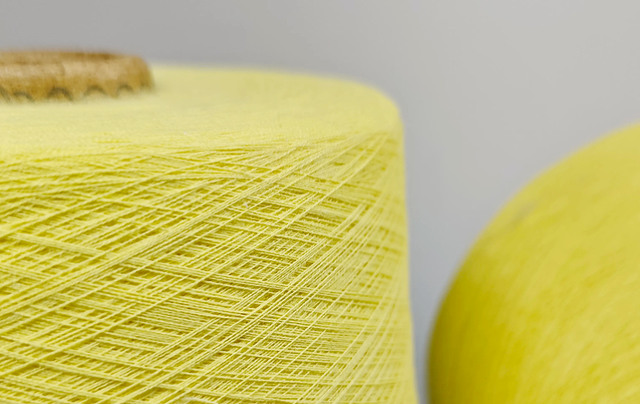
Kevlar
- Advantages: Kevlar, as an inherently flame-retardant fiber, has excellent flame retardancy, high-temperature resistance, and chemical resistance, and can be used for a long time in high-temperature environments above 200°C. At the same time, Kevlar fibers also have high strength, high wear resistance, and high tear resistance, and its strength is five times that of steel of the same quality.
- Disadvantages: High production cost, difficult processing, and limited flexibility.
- Characteristics: In high-temperature environments, Kevlar fibers can remain stable, are not easily combustible, and do not produce molten droplets or toxic gases when exposed to fire. In addition, Kevlar fibers also have permanent antistatic properties, which help prevent the accumulation of static electricity and the generation of sparks.
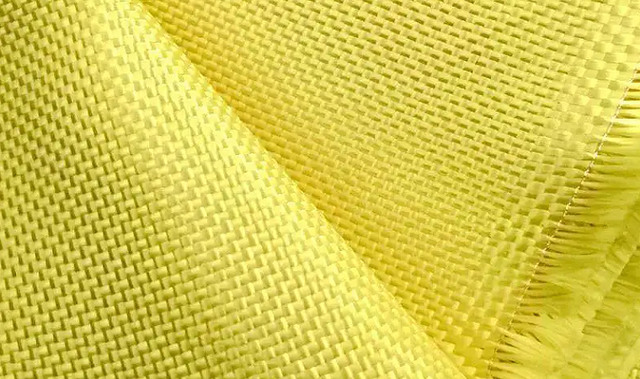
Modacrylic
- Advantages: Modacrylic fibers have excellent flame retardancy, strong chemical corrosion resistance, good softness and durability, and are easy to process and dye in textile, with a moderate cost and high cost performance.
- Disadvantages: Its strength and heat resistance are not as good as aramid.
- Characteristics: Modacrylic fibers are permanent flame retardant materials. When burned, it only carbonizes without melting and dripping. It has good flame retardancy and a feel similar to wool, and is often used in blends to improve the comfort of flame retardant fabrics. Fabrics made of modacrylic are suitable for making flame-retardant protective clothing, interiors and curtains, seat covers, aviation blankets, and other flame-retardant decorative materials for automobiles, trains, ships, airplanes, and hotels.
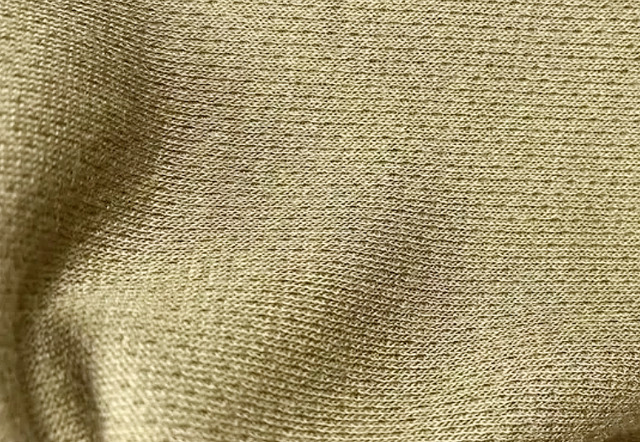
Polyimide
- Advantages: Excellent high-temperature resistance, good electrical insulation properties, and also have good mechanical properties and chemical stability.
- Disadvantages: Expensive, complex processing, and complex molding process.
- Characteristics: It can be used for a long time at extremely high temperatures and still maintain physical properties, is not easy to deform, has good dimensional stability, and some polyimides may have water absorption.
Glass Fiber
- Advantages: Excellent heat resistance and low thermal conductivity, good electrical insulation, high strength, dimensional stability, and low cost.
- Disadvantages: Relatively high brittleness, poor abrasion resistance, and impact resistance.
- Characteristics: Glass fiber is inherently non-flammable, but requires additional flame retardant treatment to achieve flame retardant effects. It has a high melting point and softening point, and can maintain structural stability at high temperatures. It is commonly used as a reinforcing material in protective clothing.
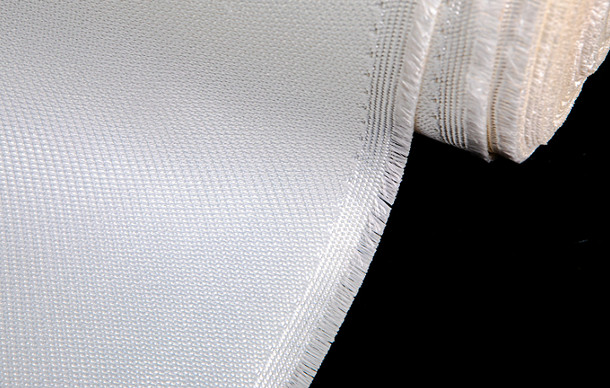
Polyphenylene Sulfide (PPS)
- Advantages: PPS fibers are an inherently flame-retardant fiber with excellent flame retardancy, chemical resistance, mechanical properties, and electrical insulation properties.
- Disadvantages: High cost, poor flexibility, and difficult processing.
- Characteristics: The molecular structure of PPS fibers contains sulfur atoms, which makes its flame retardancy very prominent, is not easily combustible at high temperatures, and does not produce harmful or toxic gases when burned, and is widely used in fields that require high safety standards.
Topfrfabric.com is a professional fire resistant fabric supplier, providing customers with high-quality fire resistant fabrics while ensuring competitive prices. If you are looking for fire resistant fabrics or need to customize special flame-retardant fabrics, you can directly contact us, and we will quickly answer your questions and provide quotations.
Contact us: [email protected]
2. Fire resistant treated fabrics
Different from inherently fire resistant fabrics, fire resistant treated fabrics apply flame retardants to the fiber or fabric level through post-finishing processes. Commonly used flame-retardant treatment methods include techniques such as impregnation, spraying, and coating, which enable ordinary fabrics to have different degrees of flame retardant ability.
Characteristics and advantages of fire resistant treated fabrics
Fire resistant treated fabrics can also provide excellent flame retardant and fire protection effects. In addition to flame retardant properties, they can also maintain good physical and mechanical properties, including wear resistance, tear resistance, and tensile strength, which ensure the stability and durability of the fabric during use. Although the flame-retardant treatment method can effectively improve the flame retardancy of the fabric, it is often inferior to inherently fire resistant fabrics in terms of durability and environmental friendliness. Some fire resistant treated fabrics may require regular maintenance or re-treatment.
The advantage of fire resistant treated fabrics is that they can obtain flame retardant properties through post-treatment processes, and can be processed according to specific application requirements, with high flexibility and applicability, and lower cost compared to inherently fire resistant fabrics.
Application fields of fire resistant treated fabrics
Fire resistant treated fabrics are widely used in many fields due to their cost-effectiveness and flexibility, including home decoration (such as curtains and sofa covers), interior decoration of transportation (such as aircraft and car seat covers), and work clothes and fire resistant clothing materials in certain specific environments.
Common Fire Resistant Treated Fabrics
Cotton/Polyester Blended Fire Resistant Fabric
- Advantages: Combines the properties of cotton and polyester, providing good comfort and durability.
- Disadvantages: Requires the addition of flame retardants, which may affect the natural properties of the fabric.
- Characteristics: Obtains flame retardancy through special treatment and is widely used in workwear and home decoration.
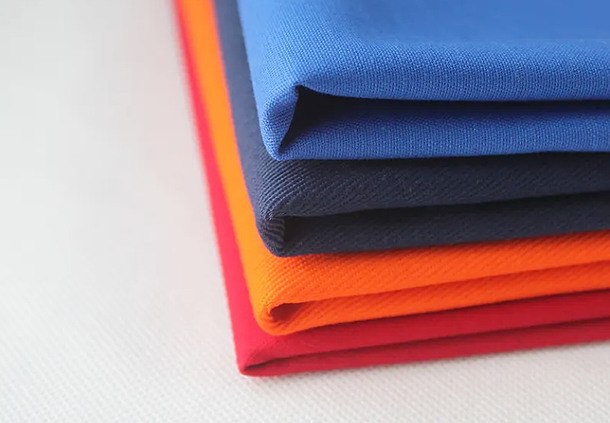
Nylon Fire Resistant Fabric
- Advantages: High strength, good abrasion resistance, and easy to dye and finish.
- Disadvantages: Pure nylon may produce dripping when burning, requiring the addition of flame retardants.
- Characteristics: Improves its flame retardancy by adding flame retardants or using modified nylon fibers.
Viscose Fiber Fire Resistant Fabric
- Advantages: Soft touch, good breathability, and environmentally friendly and degradable.
- Disadvantages: Relatively low strength and durability compared to synthetic fibers.
- Characteristics: Usually blended with flame retardants during spinning to enhance its flame retardancy.
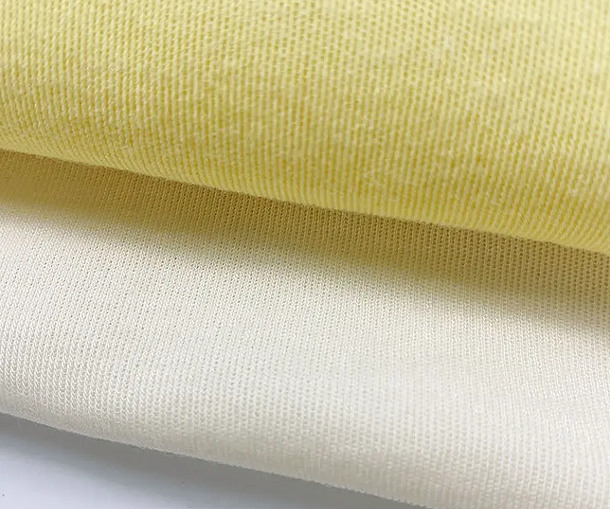
Wool Fire Resistant Fabric
- Advantages: Natural flame retardancy, warm touch, and good breathability.
- Disadvantages: High cost, prone to shrinkage and deformation.
- Characteristics: Wool itself has a certain degree of flame retardancy, but to meet higher safety standards, additional flame retardant treatment is usually required.
PTFE (Polytetrafluoroethylene) Coated Fabric
- Advantages: Excellent chemical resistance and low friction coefficient, good waterproof and oil-proof properties.
- Disadvantages: Poor breathability and high cost.
- Characteristics: Smooth surface, not easy to adhere substances, commonly used in industrial protective clothing.
Comparative Analysis of Inherently Fire Resistant Fabrics and Fire Resistant Treated Fabrics
1. Different sources of flame retardant properties
The flame retardant property of inherently fire resistant fabrics is inherently possessed through special chemical treatment or fiber modification, while the flame retardant property of fire resistant treated fabrics is obtained through post-treatment processes.
2. Performance differences
There are certain differences in performance between inherently fire resistant fabrics and fire resistant treated fabrics. The former has inherent flame retardancy from the fiber level, so it is more stable and durable than the latter. In addition, inherently fire resistant fabrics often have better environmental adaptability and durability.
3. Cost differences
From a cost perspective, the production of inherently fire resistant fabrics usually requires higher technical and material investment, so its cost is relatively high. Fire resistant treated fabrics can achieve flame retardant effects at a lower cost, especially suitable for rapid large-scale production and application.
Conclusion and suggestions
Through the comprehensive analysis of inherently fire resistant fabrics and fire resistant treated fabrics, we can see that both have their own advantages and limitations. Inherently fire resistant fabrics meet the strict requirements of high-end professional fields with their excellent performance, while fire resistant treated fabrics adapt to a wider range of market needs with their cost-effectiveness and flexibility.
The future development trend of FR fabrics may see the integration of the two technologies, such as the development of new environmentally friendly flame retardants to improve the performance of fire resistant treated fabrics, while reducing the production cost of inherently fire resistant fabrics and the impact on the environment.
In general, inherently fire resistant fabrics and fire resistant treated fabrics have their own advantages and disadvantages, and the choice of FR fabric should be comprehensively considered according to specific needs and application scenarios.
Topfrfabric.com is a professional fire resistant fabric supplier, providing customers with high-quality fire resistant fabrics while ensuring competitive prices. If you are looking for fire resistant fabrics or need to customize special flame retardant fabrics, you can directly contact us, and we will quickly answer your questions and provide quotations.
Contact us: [email protected]


